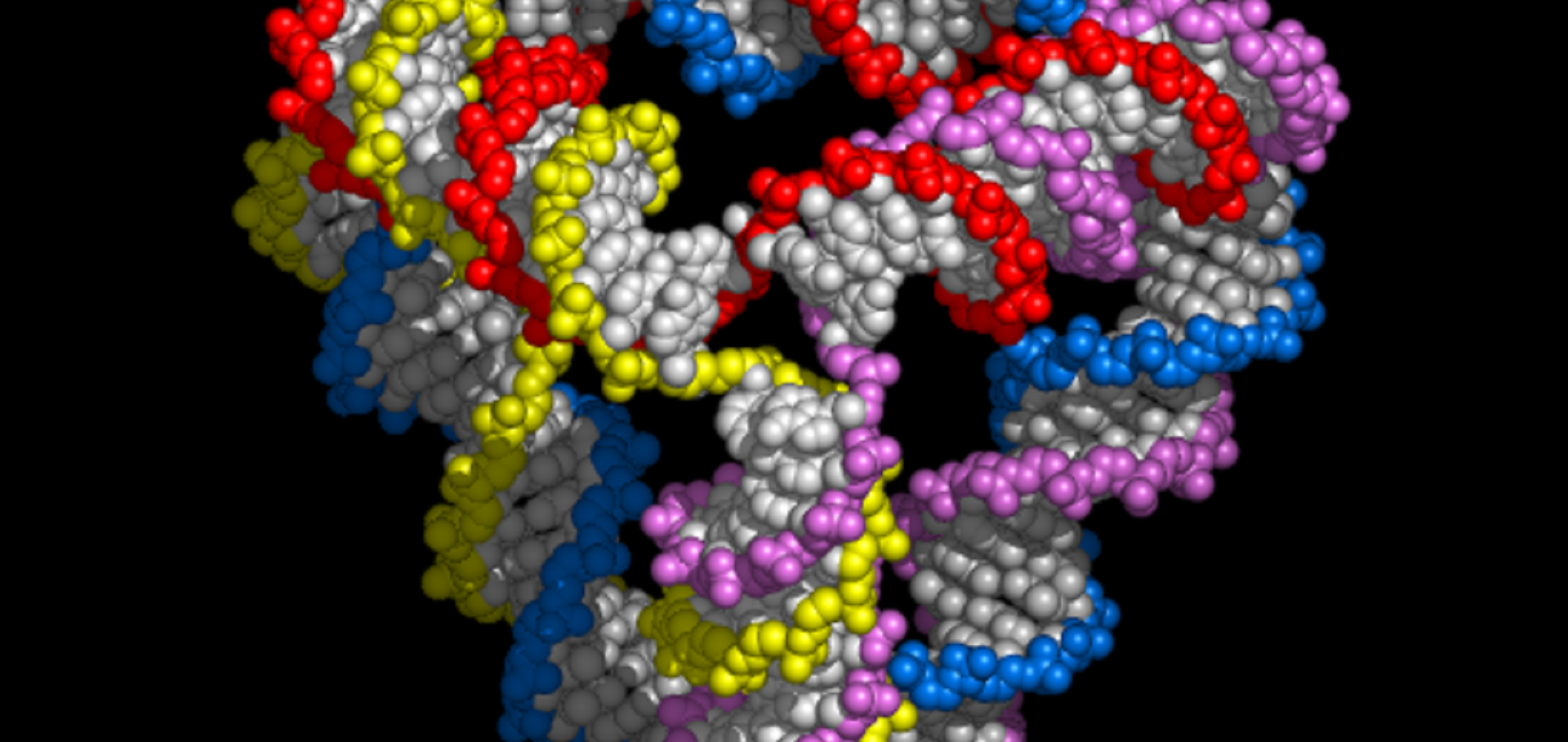Diamond-like Photonic Crystals by Holographic Lithography
Institute of Electrical and Electronics Engineers (IEEE) (2001) 13
Photonic crystals made by holographic lithography
MRS Bulletin 26:8 (2001) 632-636
Holographic definition of photonic crystal structures.
ABSTRACTS OF PAPERS OF THE AMERICAN CHEMICAL SOCIETY 221 (2001) U245-U245
Photonic crystals made by holographic lithography
MRS BULLETIN 26:8 (2001) 632-636
A DNA-fuelled molecular machine made of DNA.
Nature 406:6796 (2000) 605-608


